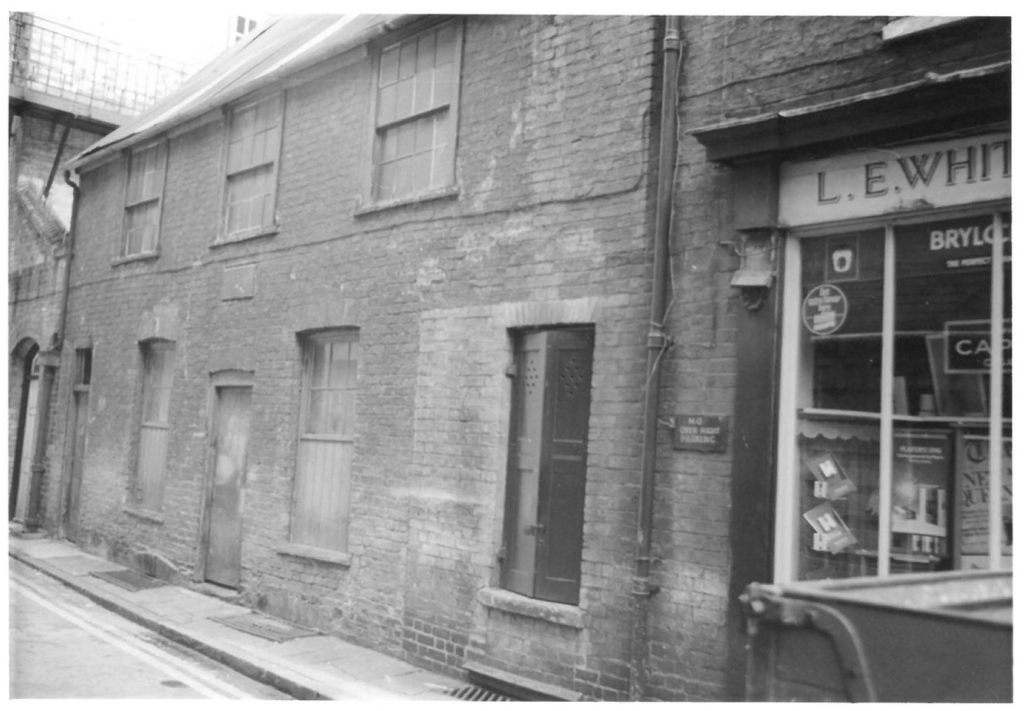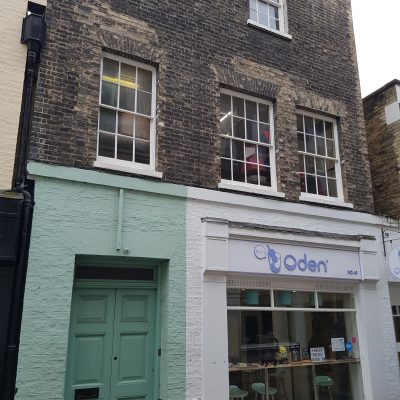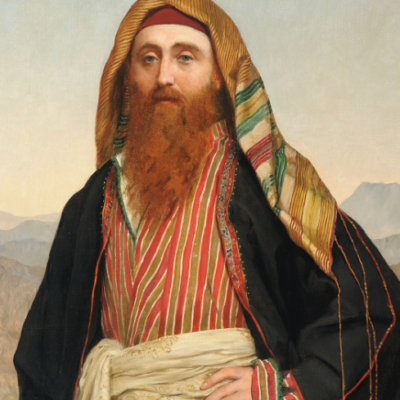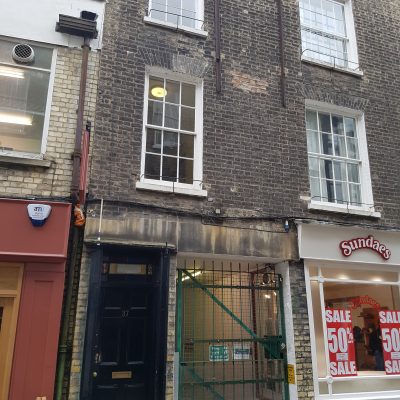Search by topic
- archaeology
- architecture
- bricklayer
- Building of Local Interest
- carpenter
- church
- crime
- dressmaker
- fire
- Great Eastern Railway
- listed building
- medieval
- oral history
- Public House
- Rattee & Kett
- Religious House
- Roman
- scholar
- school
- Then and Now
- tudor
- women
- work
- world war one
- world war two
Search by text
 St Michael's Parish Workhouse date unknown (MoC282.71)
St Michael's Parish Workhouse date unknown (MoC282.71)Gifford Place, Green Street
History of Gifford Place, Green Street
Gifford Place takes its name from the residence of Alderman James. Gifford (died 1774), whose old Georgian building of red brick standing well back from its lofty entrance gates had been demolished by the time A B Gray made this note in 1921. The Parish Poorhouse, at the entrance gate, still survived at this time.
St Michael’s, the smallest of Cambridge’s old parishes, gained its workhouse through the 1744 legacy of Mrs Ann Carrow. The money was invested in two tenements in Gifford’s Place, off Green Street, with the parish subsequently being given the option of turning them into almshouses. The tenements were rebuilt in 1794 for the use of the most distressed paupers belonging to the parish. (The Workhouse in Cambridge)
1836
James Careless
1841
John Hoppett, 35, college servant
1851
Robert C Hands, head, 32, letter carrier, b Cambridge
George Gray, head, 27, painter, b Cambridge
John Hoppett, 44, college servant, b Trumpington
1861 (see Gifford Place, Trinity Street)
James Carter, 33, college porter, b Fulbourn
Charlotte Dickerson, 64, supported by friends, b Cambridge
1873
(6)
John Charles and Mary Ann Stockbridge
1878
(1)
William Wallis, licensee of the “Blackbirds“, had workshop and store here.
Contribute
Do you have any information about the people or places in this article? If so, then please let us know using the Contact page or by emailing capturingcambridge@
License
This work is licensed under CC BY-NC-SA 4.0











